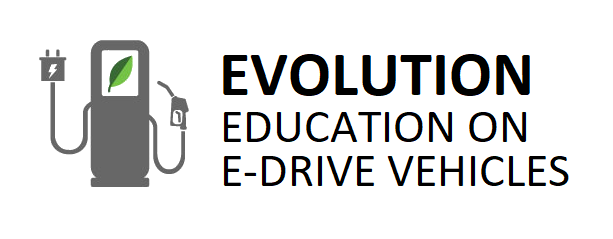
Energy efficiency is how well the motor converts energy to the power that drives the vehicle. Battery electric vehicles (BEVs) convert 59%–62% of electrical energy to power, compared to conventional vehicles which only convert 17%–21% of the energy in gasoline to power. This improved efficiency leads to better fuel economy (or higher MPG) for EVs. You can drive farther and stop to refuel less. Because the energy of plug-in electric vehicles (PEVs) is measured in kWh of electricity instead of gallons of gasoline, their fuel economy can be described by miles per gallon of gasoline equivalent (MPGe). The efficiency of PEVs can also be measured by kWh/100 miles. The lower this number is, the less energy used. Click to view data sources
Better efficiency means you can drive longer without stopping to fill up, which leads to less gasoline usage and more money saved for hybrid electric vehicles (HEVs) and plug-in hybrid electric vehicles (PHEVs). The cost of electricity is generally much lower compared to gasoline and diesel, so recharging the batteries in PHEVs and BEVs costs less than filling a tank with gasoline. While PHEVs and BEVs cost more than conventional vehicles, as technology improves and production increases, these prices are likely to drop. There are also various federal and state incentives to offset the initial purchasing price, which are factored into EVolution. Once you purchase an EV, the cost of owning it will be lower than conventional gasoline vehicles. Electricity is cheaper than gas, and EVs, especially BEVs, require less maintenance.
Transportation is one of the leading sources of emissions in America. One way to reduce tailpipe emissions is by driving an EV. Depending on the vehicle model and type, HEVs have reduced tailpipe emissions compared to conventional vehicles. PHEVs running on only electricity and BEVs have zero tailpipe emissions. Electricity generation can create some emissions, however. These are known as upstream or well-to-wheel emissions, and they depend on the source of electric power in your geographic location. To see how your state generates electricity and upstream emissions, click here. Producing electricity from a renewable energy source such as solar or wind power can greatly reduce upstream emissions for PEVs.